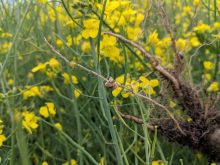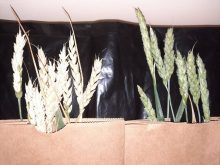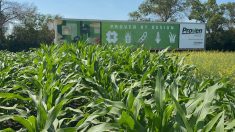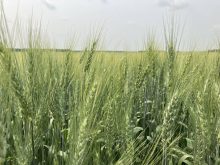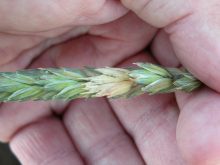Q. When seed testing, what pathogens should we test for?
A. In an era of high input costs, unpredictable weather conditions and volatile grain markets, farmers face many challenges even before they get the crop in the ground. Getting seed tested is an easy and inexpensive way to help ensure a healthy crop stand.
While testing seed for germination is a common practice for many farmers, seed testing for pathogens is not.
In wheat and barley, tests for seed-borne fusarium are a must. In Saskatchewan, if fusarium graminearum is not yet established in the area, seedlots with greater than five per cent infected seed should not be used. In areas where fusarium is already established, seed with up to 10 per cent fusarium may be used, provided other seed-borne pathogens are low. In Alberta, best management practices recommend only using seed with no detectable level of fusarium graminearum. An effective seed treatment is always recommended as an additional measure of control.
Read Also

Cancer agency reclassifies another herbicide ‘probably carcinogenic’
The WHO’s cancer research agency has now put atrazine, a herbicide well known to corn growers, in the same potential-hazard category where the agency put glyphosate.
Testing seed for pathogens involved in seed rots, seedling blight, common root rot and black point is becoming more common. Do not use seed with a high level of infection.
Another important pathogen to test for in wheat and barley is loose smut. Loose smut is not soil-borne which means testing the seed is crucial.
When it comes to pulse crops, seed should be tested for mechanical damage and pathogen screening. Be aware of pathogen levels to prevent spreading disease to new areas of the farm. The most common diseases to look for are ascochyta and mycosphaerella. Other diseases that may be of concern are anthracnose, botrytis and, in some areas, stemphylium blight.
When dealing with infected pulse seed, ultimately, germination and vigour may be the deciding factor on using the seed.
Lane Blanke, B.S.c, CCA, AAg, is a manager of agronomic services for Nutrien Ag Solutions in southwest Saskatchewan.




